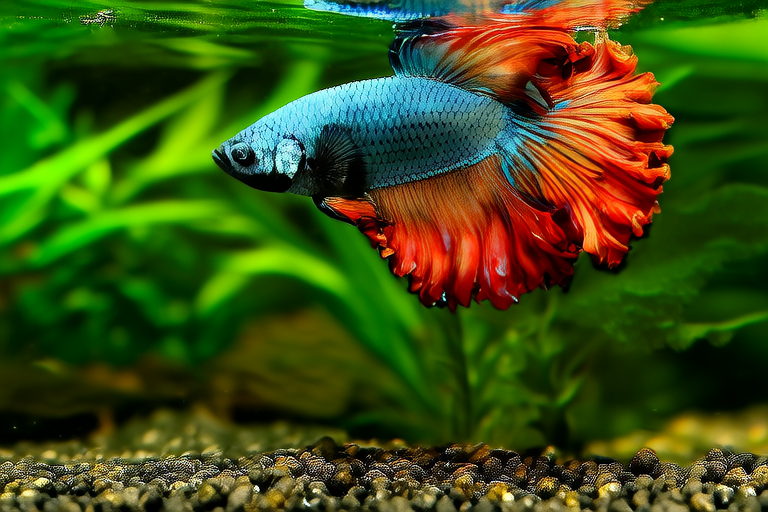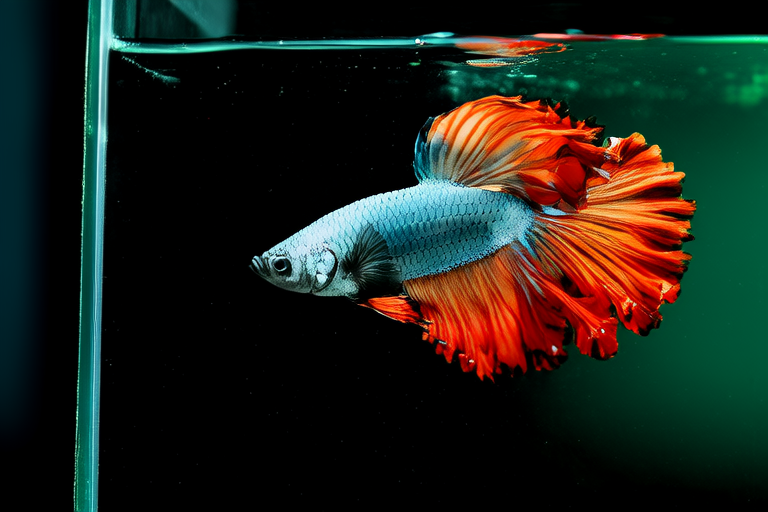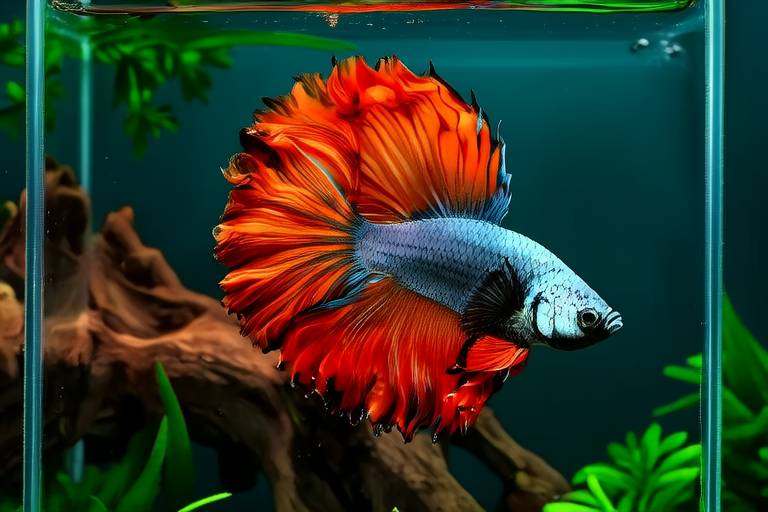
The Ultimate Betta Food Guide: Feeding Habits and Diet Secrets
Betta fish, also known as Siamese fighting fish, are popular among aquarium enthusiasts due to their vibrant colors and graceful fins. However, providing the right diet is crucial for their well-being and longevity. Proper nutrition ensures these beautiful creatures thrive in their aquatic environments. This guide will explore betta’s dietary needs, suitable foods, portion control, identifying nutritional deficiencies, and maintaining a healthy environment.
Dietary Needs and Importance of Proper Nutrition
Bettas are carnivorous fish that require a balanced diet rich in protein. In the wild, they primarily consume insects and insect larvae. A captive diet should mimic this natural diet to ensure optimal health. Protein-rich foods help in maintaining muscle mass and promoting growth. Additionally, bettas need vitamins and minerals for overall health, including calcium for strong bones and scales, and omega-3 fatty acids for healthy skin and eyes.
Variety of Suitable Foods
Live Foods
Live foods offer a variety of nutrients and can be particularly beneficial for bettas. They include mosquito larvae (bloodworms), daphnia, brine shrimp, and blackworms. These foods provide essential proteins and fats that help in color enhancement and general health. However, live foods can carry parasites or diseases, so it’s important to quarantine new additions to the tank.
Frozen Foods
Frozen foods are a safer alternative to live foods. They are often enriched with vitamins and minerals to compensate for any nutrient loss during freezing. Options include bloodworms, brine shrimp, and daphnia. The convenience of frozen foods makes them a popular choice for many betta owners. However, overfeeding can lead to waste buildup in the tank, affecting water quality.
Pellet Foods
Pellet foods come in different sizes and compositions, catering to various fish species. High-quality pellets are formulated with essential nutrients and can be a staple in a betta’s diet. They are convenient and easy to store. However, some lower-quality pellets may lack necessary nutrients, so choosing a reputable brand is essential.
Portion Control and Feeding Frequency
Overfeeding can lead to obesity and poor water quality. Bettas should be fed two to three times daily, with each meal consisting of what they can eat within two minutes. This ensures they receive adequate nutrition without risking their health. It’s important to observe your betta’s eating habits; if they leave food uneaten, reduce the amount in subsequent feedings.
Identifying Nutritional Deficiencies and Addressing Them
Nutritional deficiencies can manifest in various ways, such as lethargy, dull colors, fin rot, and weakened immune systems. If you suspect your betta is lacking certain nutrients, consider switching to a higher-quality food or supplementing their diet with additional nutrients. Adding spirulina flakes or freeze-dried krill can enhance color and provide extra vitamins. Always consult with a veterinarian specializing in exotic pets for professional advice.
Rotating Diets and Maintaining Water Quality
Rotating between different types of foods helps prevent boredom and ensures a varied intake of nutrients. Introducing new foods gradually allows the betta to adapt to changes in diet. Additionally, maintaining clean water is crucial for betta health. Regular water changes and efficient filtration systems help keep the tank environment safe and healthy. Poor water quality can exacerbate nutritional deficiencies and stress the fish.
Conclusion
Understanding and meeting the dietary needs of bettas is fundamental to their care. By offering a diverse diet, controlling portions, and monitoring water quality, you can ensure your betta remains healthy and vibrant. Whether you’re a novice or experienced betta owner, implementing these guidelines will contribute to the well-being of your aquatic companion. Remember, a happy and healthy betta is a sign of a well-maintained aquarium.






